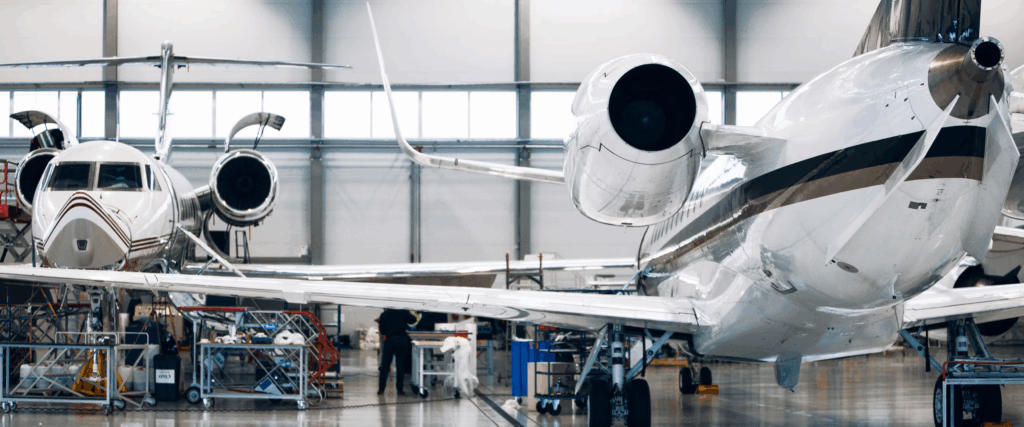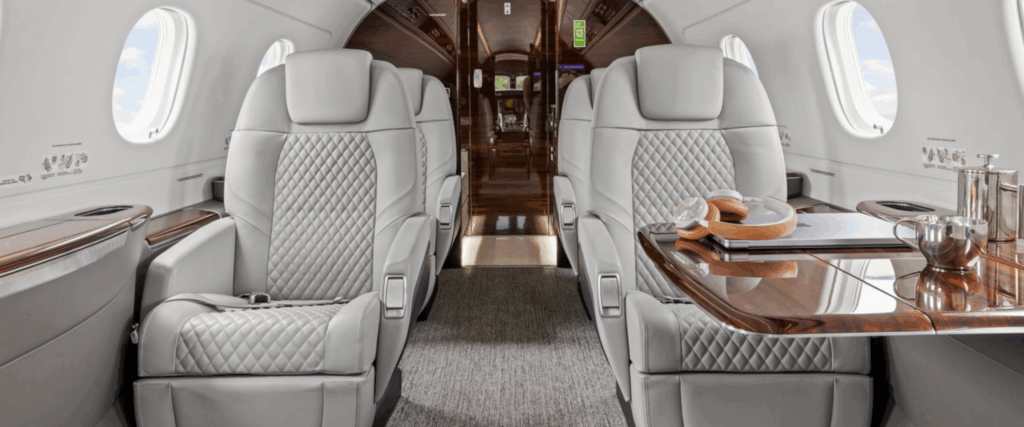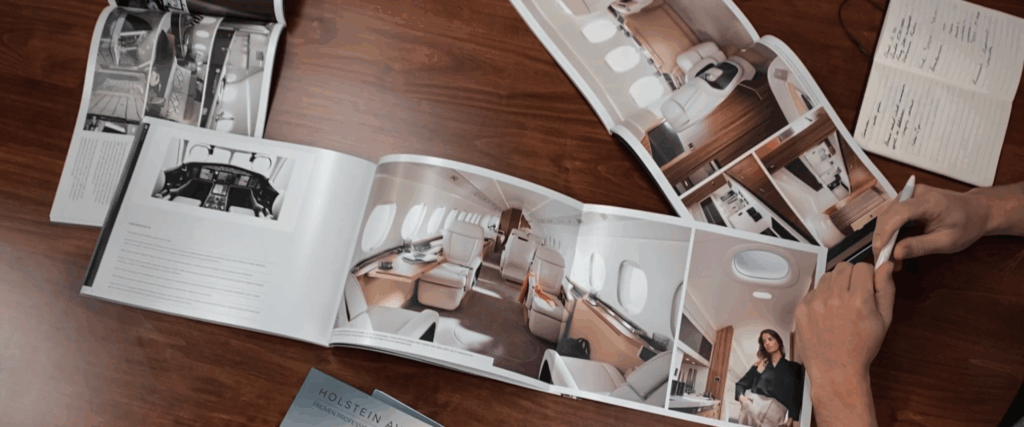The decision to purchase a business aircraft is often viewed as a strategic move, offering unparalleled efficiency and flexibility for a company’s leadership. However, focusing solely on the initial purchase price can be a costly mistake. For those new to the market of business aircraft sales, the full cost of ownership includes a long list of hidden expenses that can surprise even the most prepared buyer. To truly understand the investment, it’s essential to look beyond the “for sale” price and examine the entire ownership journey.

1. The Perils of Low-Time Aircraft and Deferred Maintenance
A low-time aircraft might seem like a great find, but it often carries a high risk of deferred maintenance. When an aircraft sits unused, problems can go undetected and maintenance tasks are postponed. This can result in inspections that is far more expensive than anticipated, revealing a backlog of issues that the previous owner neglected. Smart buyers understand that an aircraft with a consistent and well-documented flight history is often a safer and more cost-effective purchase.
2. Ongoing Maintenance and Program Fees
While all aircraft require regular maintenance, the costs can be substantial and influenced by usage, age, and size.
- Engine Reserves: Many engine programs require a minimum annual payment, regardless of flight hours. If you don’t fly enough to meet the minimum, you still owe the balance.
- Inspections and Overhauls: The FAA mandates routine inspections and overhauls at specific intervals, which can be costly and lead to unexpected downtime. A single engine overhaul on certain models can cost well over a million dollars.
- Airworthiness Directives (ADs): The FAA can issue ADs that require mandatory, recurring inspections or parts replacements, which can add significant, unplanned expenses.

3. Depreciation and Resale Value
Having a constant pulse on the value of your multi-million dollar asset is very important. The resale market can be volatile, with economic factors and technology changes affecting your exit strategy. Having a trusted and experienced IADA certified broker by your side is imperative to guide you on strategy and help protect the value of your business aircraft.
4. Crew Salaries, Training, and Accommodations
For many turbine aircraft, a full-time professional crew is required. This means budgeting for:
- Salaries and Benefits: Competitive salaries and benefits packages for pilots, and possibly a flight attendant, are a significant fixed cost.
- Recurrent Training: The flight crew must undergo regular training to maintain their certifications and stay up-to-date on safety protocols.
- Travel Expenses: When traveling, you will also be responsible for crew accommodations and per diems, which can add up quickly, especially on international trips.
5. Management, Insurance, and Hangar Costs
Even if you don’t use the aircraft often, these fixed costs are unavoidable.
- Professional Management: A management company can handle the logistics, maintenance, and crew, but they charge fees for their services.
- Comprehensive Insurance: Premiums can be substantial, depending on factors like the aircraft’s value, type, and usage.
- Hangar Fees: Storing a multi-million dollar asset inside is a necessity to protect it from the elements. Hangar costs vary greatly by location but are typically substantial.

6. Upgrades and Technology
Technology advances quickly in aviation. Owners need to budget for:
- Avionics Upgrades: Mandatory avionics upgrades (like ADS-B compliance) can be costly, and owners may also opt for discretionary upgrades to keep the aircraft modern and competitive in the market.
- Cabin and Paint Refurbishments: Interior and paint refurbishments can cost hundreds of thousands or even millions of dollars to update aesthetics or technology.
- Connectivity Fees: Onboard Wi-Fi and satellite communications carry a premium for installation and usage.
The Bottom Line for Business Aircraft Acquisitions
The sticker price for a used business aircraft is only the beginning. Understanding the full cost of ownership requires a careful examination of variable operating costs, fixed annual expenses, and unexpected charges. By budgeting proactively, you can ensure that owning a business aircraft remains a strategic advantage, not a financial surprise.

At Holstein Aviation, we provide expert guidance in business aircraft sales and acquisitions. Understanding the full spectrum of costs and benefits is imperative to making a good decision and results in solutions that work. Contact us today to learn how our highly experienced and trusted team of IADA certified brokers can assist you to navigate your next aircraft sale or acquisition.